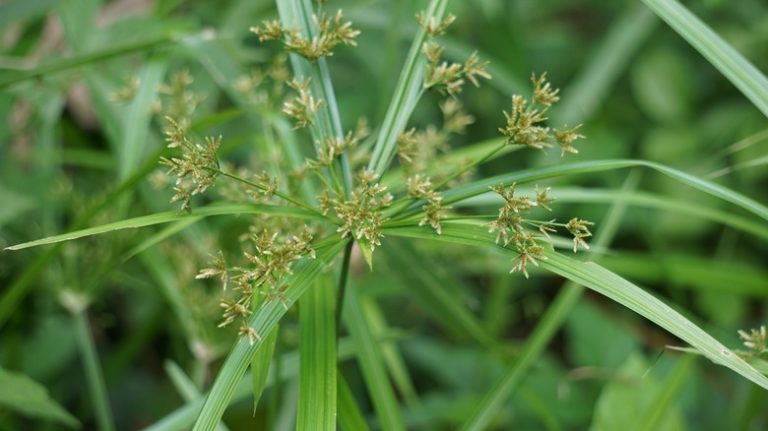Moles can be quite a challenge in lawns, gardens, and flower beds. They are exceptional diggers that can easily create an 18-foot underground tunnel in just an hour. Like most wild creatures, these tiny miners go where food is easy to access. When they dig up part of your soil, they are not trying to be pests. They are looking for yummy ground-dwelling snacks like grubs and other insects. But in their search for food, they can easily wreak havoc on your yard and garden. Before you resort to lethal measures, you can try to repel moles by spraying a vinegar mixture around their favorite spots.
Thanks to the fact that moles have a keen sense of smell, vinegar’s strong odor will deter them from your space. Even better, as a natural remedy, vinegar won’t cause harm to your children or pets, unlike other pest control methods that may utilize dangerous chemicals.
Using vinegar to manage moles

The pungent aroma of vinegar is enough to repel many insects and other garden pests, including moles. All it takes is mixing 1 cup of white vinegar with 3 cups of water in a household spray bottle. Spray this mixture anywhere you see mole tracks. If possible, dig a little hole in one of the raised soil areas and spray inside the hole. This will let the mole know there is something unpleasant in there, and send it elsewhere. Repeat this process every few days as needed until you see no new evidence of mole activity.
Be careful when you are using vinegar around sensitive plants. While it shouldn’t be acidic enough to harm large bushes or trees, it could act as an herbicide for smaller bedding plants like pansies, impatiens, or hostas. Try to avoid using this mixture on or close to your landscaping or garden plants. Vinegar could also damage the roots of turf grass, so only use it when and where it is absolutely necessary.


